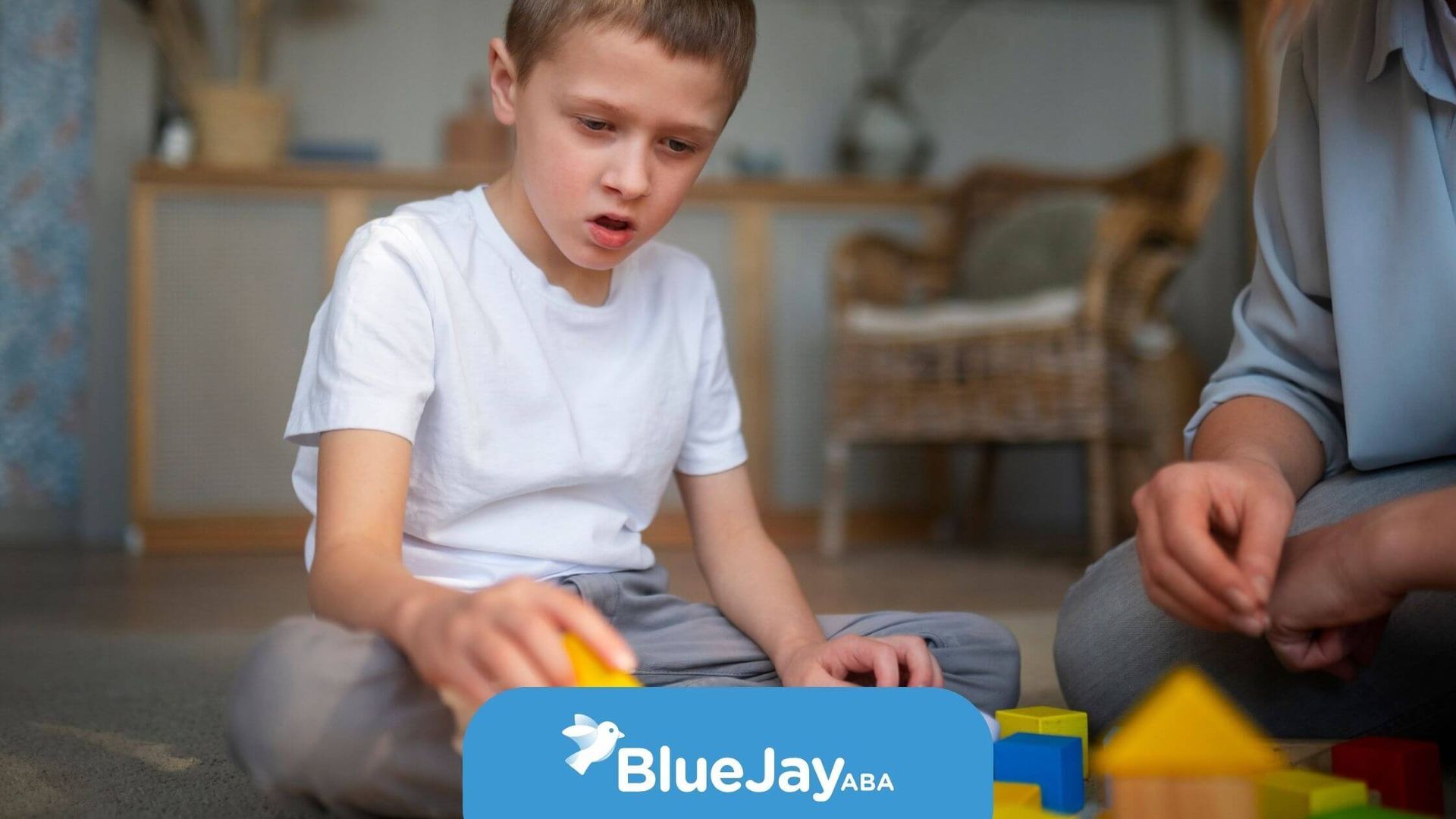The Many Faces of Autism: What You Should Know
Autism Spectrum Disorder (ASD) is a developmental condition that affects how people communicate, socialize, and experience the world. It looks different in every person, with a wide range of behaviors, strengths, and challenges. Learning more about how autism shows up can help us better understand, support, and connect with those on the spectrum.
What Is Autism?
Autism Spectrum Disorder (ASD) is a brain-based condition that often shows up in early childhood. People with autism may find it hard to pick up on social cues, carry on conversations, or cope with changes in routine. Some may have strong interests or repeat certain actions or words.
Because autism is a spectrum, everyone experiences it differently. Some people need very little help, while others need more support in daily life. That’s why it's so important to focus on each person's unique needs, challenges, and strengths.
Common Traits of Autism
Autism Spectrum Disorder (ASD) impacts individuals across various domains, particularly in the areas of social skills, communication skills, and behavior.
- Social skills: Many people with autism have a hard time reading body language, making eye contact, or knowing how to join in on conversations.
- Communication: Some may speak a lot, others very little, and some may not use spoken language at all.
- Repetitive behaviors: This might include repeating movements (like hand-flapping), sticking to routines, or having deep interests in specific topics.
These behaviors can help people with autism feel safe and calm, though they can sometimes make everyday situations harder.
What the "Spectrum" Means
When we say someone is "on the spectrum," we mean that autism shows up in many different ways. One person might need help with speech and daily tasks, while another might do well in school but struggle with friendships or changes in routine.
This wide range of experiences is why autism is called a spectrum. Understanding that no two people experience autism the same way helps us give the right kind of support.
Autism Levels (DSM-5)
The Diagnostic and Statistical Manual of Mental Disorders, 5th Edition (DSM-5), provides a framework for diagnosing mental disorders, including Autism Spectrum Disorder (ASD).It groups autism into three levels based on how much support someone needs:
Level 1: Needs Some Support
People with Level 1 autism may seem “high-functioning,” but they still face real challenges—especially in social situations. They might want friends but not know how to start or keep a conversation. They may also miss subtle cues like tone of voice or facial expressions.
Even if someone seems to manage well, they may be putting in a lot of effort behind the scenes. Social skills training, speech therapy, and support from people who understand them can make a big difference.
Level 2: Needs More Support
At this level, people often have more visible difficulties with communication and behavior. Conversations can be tough, and they might not always respond to others in expected ways. They might also have strong routines or intense interests that are hard to shift from.
Support like ABA therapy, speech therapy, and help with social skills can be incredibly helpful. These tools give people the chance to better understand themselves and the world around them.
Level 3: Needs a Lot of Support
Level 3 autism is the most intensive in terms of support. People at this level might have very limited speech or rely on other ways to communicate. They may also have behaviors that are hard to manage without help.
Daily life can be very challenging, and caregivers play a big role. Therapy may include things like communication devices, sensory supports, and behavior strategies to help with learning, comfort, and independence.
Autism Diagnoses Before the DSM-5
Before the DSM-5, autism included several different diagnoses. These names aren’t used as much now, but they’re still helpful to know:
Asperger's Syndrome (Now Called Level 1 ASD)
People who used to be diagnosed with Asperger's usually have strong language skills and average to high intelligence, but they struggle with social understanding. They might seem socially awkward, miss cues, or have trouble connecting with others.
Support like therapy, social coaching, and tools to manage stress can help them thrive in relationships, school, and work.
PDD-NOS (Pervasive Developmental Disorder - Not Otherwise Specified)
This diagnosis was used when someone had some, but not all, signs of autism. These individuals often needed support with social and communication skills. It was a “catch-all” term, and today, these people would usually fall somewhere on the autism spectrum.
Rett Syndrome and Childhood Disintegrative Disorder (CDD)
Rett Syndrome and Childhood Disintegrative Disorder (CDD) were once considered types of autism, but now they’re seen as separate conditions.
- Rett Syndrome mostly affects girls and causes a loss of motor and language skills after early development.
- CDD is very rare and involves a sudden loss of skills after a period of typical development.
These conditions can look like autism at first but need different kinds of care and support.
Final Thoughts
Autism isn’t one thing—it’s many. Understanding that each person on the spectrum is different helps us build a more supportive and inclusive world. Whether someone needs a little help or a lot, the right support can make all the difference.
At Blue Jay ABA, we believe every child deserves care that’s as unique as they are. Our team creates customized therapy plans based on each individual’s needs, helping them grow, connect, and succeed. We’re here to guide families every step of the way, with compassion, expertise, and hope.
Frequently Asked Questions
What are some early signs of autism?
Some early signs include limited eye contact, not responding to their name, delayed speech, repetitive movements (like hand-flapping), or difficulty playing with others.Some early signs include limited eye contact, not responding to their name, delayed speech, repetitive movements (like hand-flapping), or difficulty playing with others.
What’s the difference between autism levels?
Level 1 means someone needs a little help, Level 2 means they need more, and Level 3 means they need a lot of daily support.
Can someone with autism live independently?
Yes! Many people with autism live independently, especially with the right therapies and supports. Others may need more long-term help. Each path is different—and that’s okay.
Sources:
- https://www.nimh.nih.gov/health/topics/autism-spectrum-disorders-asd
- https://www.aboutkidshealth.ca/characteristics-of-autism-spectrum-disorder-asd
- https://www.brightfutures.org/concerns/autism/retts.html
- https://www.healthline.com/health/high-functioning-autism
- https://www.autismspeaks.org/levels-of-autism
Related Posts






